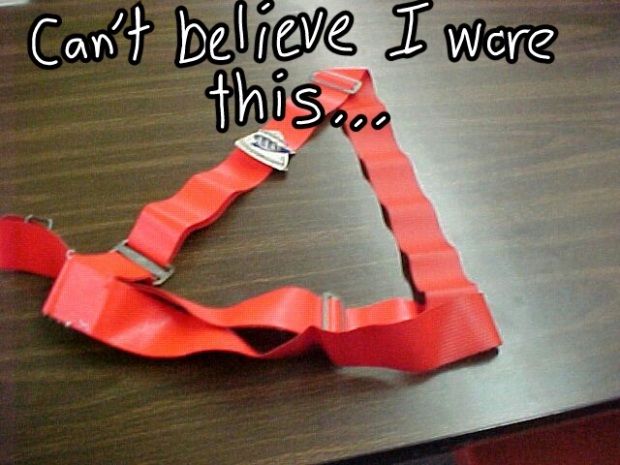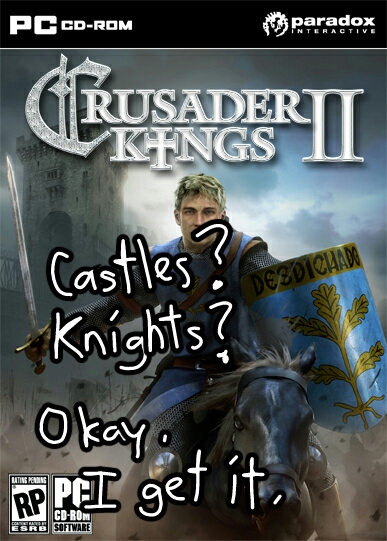Or in it to be exact.
But first, let me tell you how this all started.
It was tradition for the fifth graders at my elementary school to join the elite squad of hall monitors, car door openers, and bus room patrollers known as the Safety Patrol.

I was one so lucky to join, and proudly I wore my unfabulously orange Sam Browne belt. My duty was to patrol the gymnasium every morning, which was basically a holding tank for all the children before classes started. This was supposed to allow our teachers to prepare for their day, but I’m pretty sure they went to the bathroom and toked it up.
Occasionally, the safety patrol did more harm than good, such as when a girl opened the car door for me too suddenly one morning, causing my dinosaur diorama to crash off of my lap onto the pavement. This created a mess and led my second grade teacher to think I was a sloppy kid. The way my mother yelled at that poor safety patrol girl likely caused trauma.
Because of this sour experience, I made it my mission to be the best junior safety patrol ever. I was never recognized for this achievement. However, I was eligible to go on the annual safety patrol trip to Washington DC.
This trip was incredibly eventful for me, actually. While at the zoo, my “buddy” walked off without me and left me to wander alone. He said I went off to chase Amish people, and it is true I saw them there for the first time in real life after learning about them from Harrison Ford’s movie “Witness”.
I did not, in fact, go off chasing Amish people. I was actually looking at pandas or zebras, something black and white, when my buddy left me. I then spent the rest of my time wandering around the same part of the zoo, where I also saw an elephant handler using a spiked prod to maneuver the big animal, which was when I became aware that zoos could potentially be cruel to animals.
I eventually made my way to the restaurant where we were supposed to meet, and everyone acted happy to see me, especially my teacher, Mrs. Smith. But from the way everyone was finishing up their boxed lunches I could tell they were ready to call off the search and officially abandon me.
At that point, I was the little boy who got lost at the zoo.
Later, at the Smithsonian, my chaperone left me to watch the big pendulum that slowly swung around and knocked off little wax things or whatever. She never came back. I tried to wait patiently, but when I emerged from the Smithsonian alone and another chaperone found me, she had no trouble guessing that I was the little boy who got lost at the zoo earlier.
Now I was the little boy who got lost at the zoo, and the Smithsonian.
Before we made our way to see the White House, we went to the United States Capitol. This is where we had our picture made on the steps to commemorate our adventures in DC. It was quite a hot spring day, and I was placed on those sunny steps between two larger children.

The thermodynamics of this situation meant that I was getting really hot, really quickly. Additionally, the photographer was really uptight. Apparently, photographing a large group of children was an affront to his artistic sensibilities. Every time a child so much as blinked, he would throw up his hands in prissy exasperation.
It took minutes upon minutes to take a picture that had so many children in it that you could barely make out any features, much less whether or not eyes were open or closed. We were all squinting anyway as the sun proceeded to bake us.
After that we were made to trudge up that massive stairway in some kind of obedient sacrificial march to the monstrous building of politics before us. It was then that I began to feel faint. Queasy.
I stopped a moment on those stairs, fearing for my health. Mrs. Smith was none too concerned for me as much as she was concerned that her arm pit sweat was soaking her tee shirt. I mustered my remaining constitution and continued inside the Capitol building.
We arrived inside that great dome and took our seats. It was surprisingly massive. C-Span could never convey that from their monotonous coverage of Congress. It was also quite well air conditioned in there, too. Quite well.

I don’t know why or how, but just as a man began to speak at the podium below, my body began to revolt against the stresses wreaked upon it. I was suddenly on my hands and knees, vomiting.
I’m probably not the only person to have ever spewed meaningless filth from my mouth in that building. I am sure, however that I’m the only one to produce actual vomit instead of petty politics
Mrs. Smith futilely offered me an air sickness bag, but her cautious distance was too remote (and literally behind my back) so I continued contributing to my one pile of mess, in a small effort to leave only one stain on the carpets of Congress.
I was rushed to the bathrooms as quickly as an injured politician, but the deed was done.
Now I was, officially, the little boy who puked in our nation’s capitol.
I reflected on this as I sat inside the fanciest bathroom ever. Did you know that there are televisions inside the bathrooms? Oddly enough, in order to see them, you must sit on the toilet with the stall door completely open. Just imagining the nation’s least deserving, most powerful men taking dumps in plain sight of one another is actually quite humorous. And awful.
But not as awful as leaving a vomit stain somewhere at the end of a row of seats near the aisle in the capitol of the United States of America.
And that is how in the spring of 1996 I left my mark on, or in, Congress.












